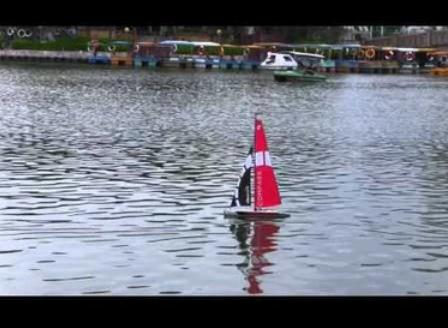Concrete ships, also known as Ferrocement ships, have been used for various purposes over the years, including transportation, military, and even housing. These ships are made using a reinforced concrete material and have been found to have a significant impact on the marine environment. This article will explore the impact of concrete ships on the marine environment.
One of the main impacts of concrete ships on the marine environment is the potential for damage to marine habitats. The weight and size of these ships can result in significant impacts on marine ecosystems, including seafloor habitats and underwater flora and fauna. When concrete ships are abandoned, they can become a permanent fixture in the environment and may cause long-term damage to marine ecosystems.
In addition to damage to marine habitats, concrete ships can also have an impact on water quality. These ships can leak chemicals and pollutants into the water, which can lead to contamination and harm marine life. The chemicals and pollutants may also have an impact on human health if they enter the food chain.

Another impact of concrete ships on the marine environment is the potential for collisions with other ships or marine structures. rtr rc boat.Due to their weight and size, concrete ships can cause significant damage in the event of a collision, leading to oil spills and other environmental hazards. These incidents can have long-term impacts on the environment, including damage to marine habitats and loss of marine life.
Furthermore, the disposal of concrete ships can also have a significant impact on the environment. When these ships are no longer in use, they are often abandoned or sunk, leading to the release of pollutants and chemicals into the environment. Additionally, the sinking of concrete ships can lead to the formation of artificial reefs, which can alter the marine ecosystem and impact natural habitats.
In conclusion, concrete ships have a significant impact on the marine environment. The weight and size of these ships can result in damage to marine habitats, contamination of water, collisions with other ships, and environmental hazards. The disposal of concrete ships can also have long-term impacts on the environment, including the formation of artificial reefs and the release of pollutants and chemicals. Therefore, it is important to consider the environmental impacts of concrete ships when using them for various purposes and to ensure their proper disposal when they are no longer in use.